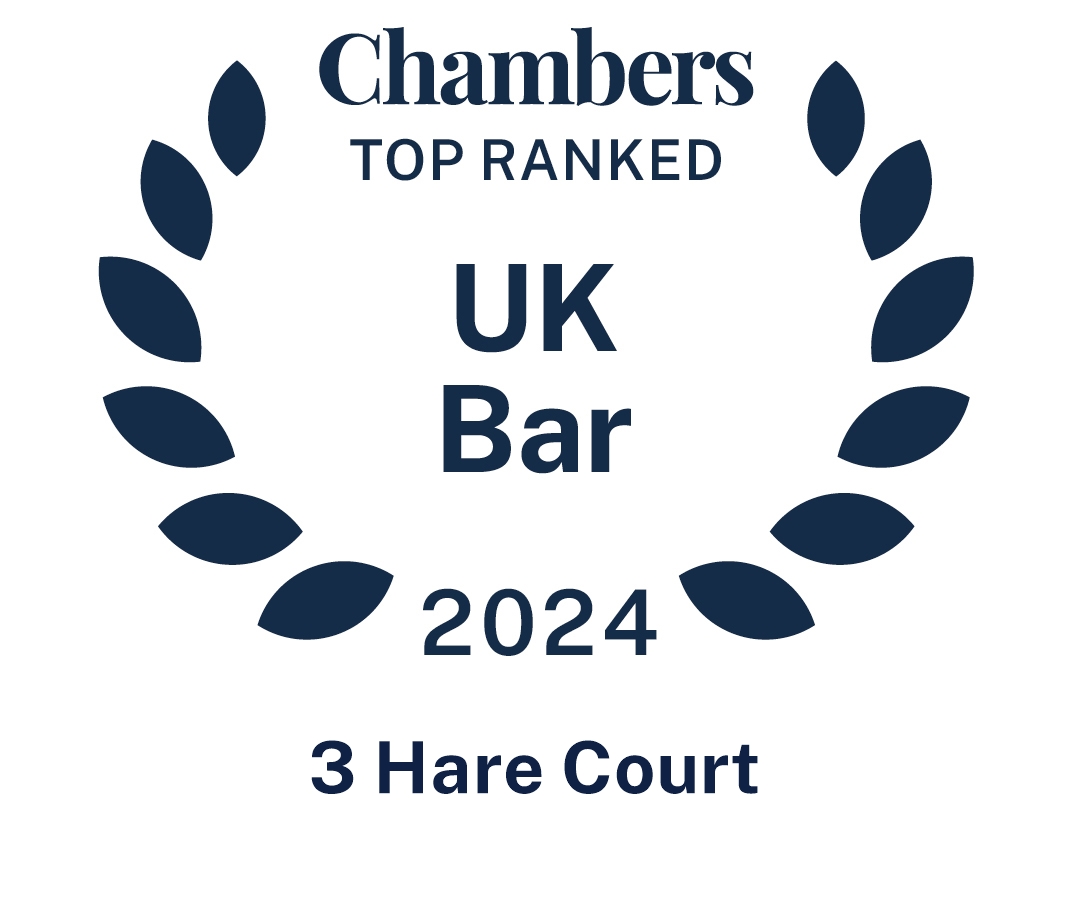Rowan Pennington-Benton (instructed by Charles Russell Speechlys) for the Claimant
MR JUSTICE FORDHAM:
Introduction
This is a claim for judicial review, arising out of the “Windrush Scandal” (see §2 below). The parties have drawn the Court’s attention to three previous such claims: R (Howard) v SSHD [2021] EWHC 1023 (Admin) [2021] 1 WLR 4651 (Swift J, 23.4.21) (see §§8, 12 below); R (Mahabir) v SSHD [2021] EWHC 1177 (Admin) [2021] 1 WLR 5301 (Tim Smith, 6.5.21) (see §§9, 13 below); and R (Vanriel & Tumi) v SSHD [2021] EWHC 3415 (Admin) (Bourne J, 16.12.21) (see §§10-11, 14 below). Permission for judicial review was refused on the papers by Farbey J. My task, at an oral in-person hearing, was to consider afresh whether the claim is viable. With the parties’ assistance, I encountered a number of ‘key features of the contextual setting’ for the present claim. I am going to devote some time to identifying these (see §§2-18 below), because I see them as important for a proper understanding and discussion of the arguments concerning Article 14.
Key features of the contextual setting
The “Windrush Scandal”
As this Court explained in Mahabir (at §37), “a comprehensive history of the Windrush scandal, of the reasons why it occurred and of the Government’s response to it can be found in the ‘Windrush Lessons Learned Review’ (HC93) undertaken by Wendy Williams and published in March 2020”. As this Court explained in Vanriel (at §2), the “Windrush scandal” has been summarised in this way (“the Summary”):
Between 1948 and 1973, nearly 600,000 Commonwealth citizens came to live and work in the UK with the right to remain indefinitely. But many were not given any documentation to confirm their immigration status, and the Home Office kept no records. In the last ten years, successive governments have introduced the ‘compliant environment’ where the right to live, work and access services including benefits and bank accounts in the UK is only available to people who can demonstrate their eligibility to do so. Towards the end of 2017 the media began to report stories of members of the Windrush generation being denied access to public services, being detained in the UK or at the border, or being removed from, or refused re-entry to, the UK. This has been referred to as the Windrush scandal.
The “Windrush Generation”
In Howard Swift J identified (at §19) the following ‘cohort’ as being “the Windrush generation”, for the purposes of the analysis in that case (paragraph numbers added):
… all those [i] who had a right to remain in the UK by virtue of section 1(2) of the 1971 Act [ii] who, prior to 1 January 1988, could have obtained British nationality by registration.
I will call this ‘cohort’ (identified in Howard at §19) the “Windrush Generation” (with a capital “G”). As can be seen, two “Components” – [i] and [ii] – are involved, each of which must be satisfied by a person in order to be a member of this group. (The “1971 Act” in [i] is the Immigration Act 1971.)
i) First Component: ‘had a s.1(2) right to remain’ (at 1.1.73). The First Component of the Howard Windrush Generation is [i]: those “who had a right to remain in the UK by virtue of section 1(2) of the 1971 Act”. This Component is also reflected in the Summary (§2 above), when it speaks of “Commonwealth citizens” who “between 1948 and 1973 … came to live and work in the UK with the right to remain indefinitely”. The First Component is a description of “Commonwealth citizens” who were “settled” (ordinarily resident) in the UK by 1 January 1973. That was the date on which the 1971 Act came into force. This “right to remain indefinitely” (“ILR”) was a legal status which arose automatically, without any application being necessary. It arose by virtue of section 1(2) of the 1971 Act (Howard §2), by which Parliament conferred the right on “those in the United Kingdom at its coming into force, if they are then settled there”. As the Summary explains, it was this right which was not documented by the Home Office, either by issuing documents to those with the right, or by keeping and retaining records. Having been put in that position – as the Summary also explains – those with this right suffered (a) ‘domestic exclusion’ in terms such as access to “work” and “services” and/or (b) ‘external exclusion’ in terms such as being removed from the UK or refused re-entry into the UK (ie. being “stranded” elsewhere in the world).
ii) Second Component: ‘could have obtained British nationality by registration’ (until 1.1.88). The Second Component of the Howard “Windrush Generation” is [ii]: “who, prior to 1 January 1988, could have obtained British nationality by registration”. This is a description of a right which was contained in section 7(1) (Howard §4) of the British Nationality Act 1981 (“the 1981 Act”). The 1981 Act came into force on 1 January 1983. The phrase “prior to 1 January 1988” reflects the fact that section 7(1) conferred a statutory entitlement, for a limited time-window of 5 years until 1 January 1988 (“the Cut-Off Point”). This was an entitlement, upon application, to British citizenship by registration for “Commonwealth citizens”, provided that they met a substantive criterion. The criterion had been found in Schedule 1 §2 to the 1971 Act (Howard §3). It was continuous ordinary residence in the UK – without being subject to an immigration restriction on the period for which they might remain – for the 5 years immediately preceding the application (the “5 Year Rule”). Necessarily implicit in the 5 Year Rule is UK ordinary residence at the time of application. The phrase “could have obtained” reflects the facts that (a) no application was made by the Cut-Off Point and (b) British citizenship by registration would have been obtained had such an application been made. In other words, these are people who would have satisfied the 5 Year Rule if they had made an application prior to the Cut-Off Point.
Click here to read the judgment in full
Share:





